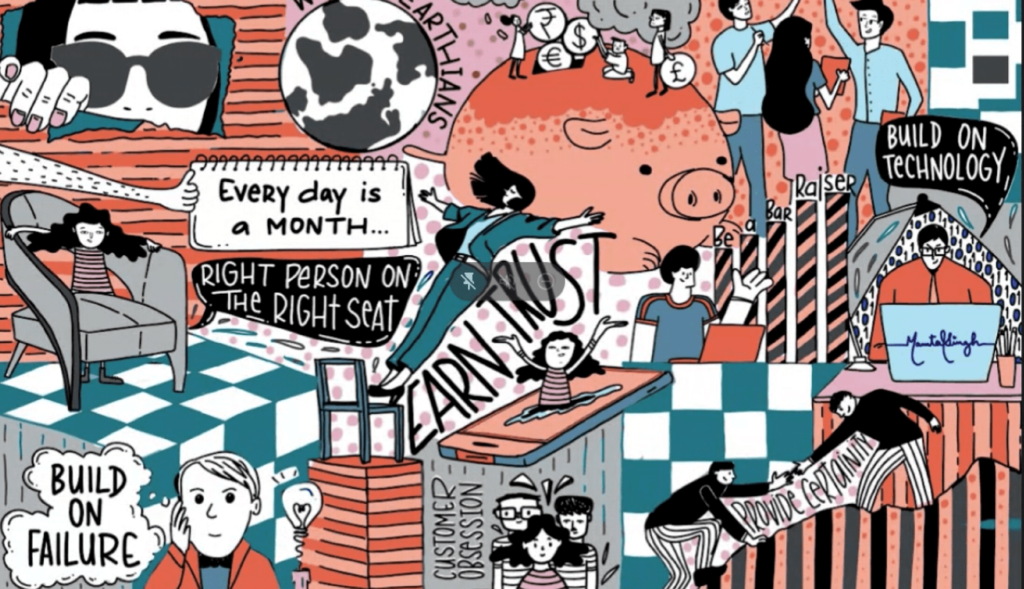Imagine your content—brilliant words, crucial data—trapped; stuck in formats like rigid PDFs or basic Word documents; hard to find, difficult to adapt, nearly impossible for some readers to use. XML conversion is the key that unlocks your content by transforming it into formats that machines and people can easily read.
Amnet leads the charge, with its services crafting digital content solutions that meet strict accessibility standards like WCAG 2.2 and Section 508. As readers demand seamless experiences, XML conversion ensures publishers stay ahead in eBook publishing and scholarly publishing.
What Is XML Conversion?
The move to XML turns messy, unstructured content into neat and organized data that machines can read. While PDFs offer a fixed structure, XML enables flexible formatting, allowing you to create adaptable EPUBs or XML outputs for eBooks and academic journals.
It’s like giving your content a universal passport.
Amnet’s services shine here, with projects like Greek-to-XML conversion for a university press, making complex texts accessible and reusable across platforms. This process is the backbone of modern digital publishing.
Why XML Conversion Matters in 2025
- Enhanced Accessibility
XML conversion supports content accessibility that follows standards such as WCAG 2.2 and EPUB Accessibility 1.0. The WebAIM Million 2025 report shows that 95 percent of all websites fail basic accessibility tests, stressing the need for accessible content. XML helps ensure that eBooks and websites are accessible to screen readers, allowing publishers to meet Section 508 requirements.
- Streamlined Workflows
An XML-first workflow saves time and cuts down on errors. Amnet’s unified content framework automates content production, reducing manual fixes. Imagine crafting a book once and publishing it everywhere: XML makes that real. This publishing technology streamlines processes, letting publishers focus on creativity rather than repetitive tasks.
- Versatility across Platforms
XML’s flexibility powers eReaders, apps, and websites. Whether it’s EPUB conversion for novels or XML for scholarly publishing, XML adapts effortlessly. Amnet’s services excel in both XML-first and XML-last workflows, ensuring your content fits any device.
Benefits for Publishers
XML conversion cuts costs by automating content production. From small journals to huge eLearning platforms, it supports diverse types of content. On the accessibility front, it is compatible with assistive technologies and meets the accessibility standards of Section 508.
Looking Ahead: XML in 2025 and Beyond
The eBook market is projected to grow 8.2 percent annually, per Research Nester. XML conversion will fuel this growth, enabling publishing automation and accessible content. As digital transformation accelerates, XML-first workflows will define the future of digital publishing.
Conclusion
XML conversion powers accessible, efficient digital publishing. It meets accessibility standards, streamlines content production, and ensures versatility. Amnet’s services bring 25 years of experience to digital publishing. We tackle multilingual rendering, theological content, and WCAG compliance with ease. Ready to transform your publishing process? Contact Amnet for cutting-edge XML workflows today.
Sources
- https://www.w3.org/TR/WCAG22/.
- https://amnet.com/case-study/how-amnet-helped-one-of-the-worlds-largest-university-presses-achieve-greek-to-xml-conversion/.
- https://www.w3.org/submissions/epub-a11y/.
- https://webaim.org/projects/million/.
- https://amnet.com/what-are-the-benefits-of-an-xml-first-workflow-in-publishing-and-marketing/.
- https://www.researchnester.com/reports/digital-publishing-platforms-market/5718.



